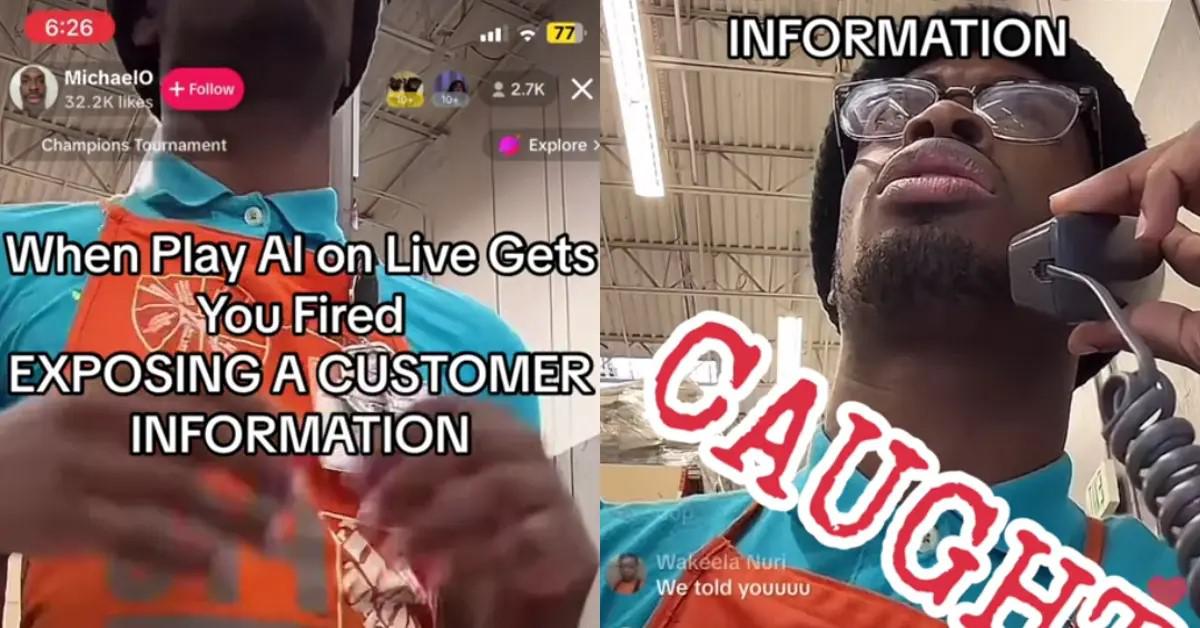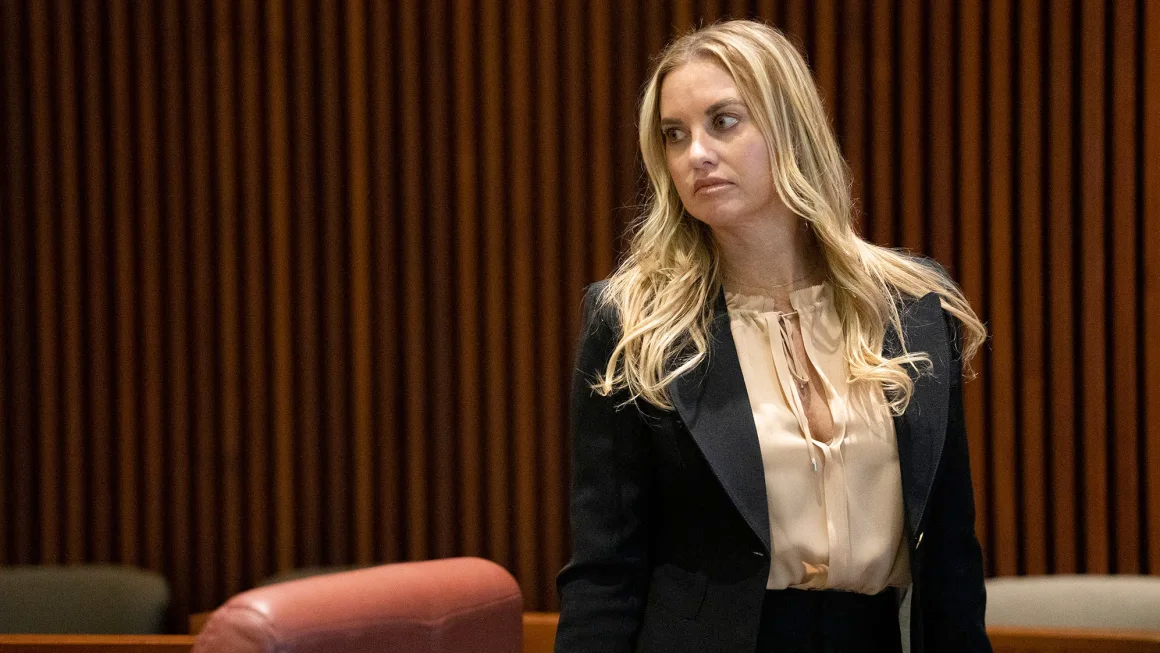December 11 2023
By: Shawn M. Galloway
A developing trend is creating additional risk at work. Instagram, Facebook, TikTok, Twitch, and YouTube are all examples of online platforms that allow users to livestream while working, providing an additional source of income, and likely vanity. But what are the risks?
This summer, one TikTok user was fired from his position at Home Depot. While live streaming, a customer approaches asking for help. To access her account, he asks for her phone number, which the customer provided, all captured during this live streaming event, leaking customer information online.

Source: TIKTOK @LOLABUNNY3248
Also this summer, the Ohio State Medical Board ruled to permanently revoke Katharine Roxanne Grawea's medical license and fine her $4,500. This was a result of the board's investigation into her actions as a plastic surgeon, livestreaming operations, and interacting with TikTok users who posted questions during her surgeries.

Source: Courtney Hergesheimer/Columbus Dispatch/USA TODAY NETWORK
Understandably, these two events became newsworthy. What isn't making its way into the news yet is the increase in occupational safety risks employees face as they livestream while performing work, and is it within the company's rights to fully ban employees from doing this?
Below are a sample of screenshots recently captured on the platform TikTok.
If this concerns you, it should. Distractions and performing simultaneous tasks are known error traps that, with the capabilities of livestream, increase exposure to the company, the quality of the work being performed, individuals performing the livestream, and any individuals around them.
For risk, security, sensitivity, or intrinsic safety reasons, some companies do not allow phones or cameras to be used inside their location or operations. What is your company policy on livestreaming while at work or, more broadly, while work is being performed?
A potential complication to company policies in the United States against Livestreaming is First Amendment rights. In February this year, the U.S. Court of Appeals for the 4th Circuit ruled that a policy by a North Carolina police department not allowing police to be livestreamed during traffic stops is a violation of First Amendment rights. "Creating and disseminating information is protected speech under the First Amendment," noted Judge Julius N. Richardson.
Also concerning is the often-expressed viewpoint of employees who feel actions demonstrate their employer puts profit over safety. If the goal of an individual livestreaming as they perform work for their employer is income or exposure, isn't that self-imposed profit over safety? Or at least vanity over safety?
With input from your general counsel, this is a topic employers are encouraged to explore further. I predict this trend will continue to spread, as will the associated risks. It is just a matter of time until they too become newsworthy.

Shawn M. Galloway is the CEO of ProAct Safety and an advisor to leading organizations across all major industries. With over twenty years of experience in safety systems, strategy, culture, leadership, and employee engagement, he is a trusted advisor, keynote speaker, and expert witness.
He is the author of several bestselling books and has multiple regular columns in leading magazines, with over 400 articles and 100 videos to his credit. He also created the first safety podcast, Safety Culture Excellence, with over 800 episodes. Shawn has received numerous prestigious accolades and has been featured in Power 101 Leaders of the EHS World, Top 50 People Who Most Influenced EHS, Top 40 Rising Stars, Top 11 Health and Safety Influencers, and Top 10 Speakers.
He serves on the Harvard Business Review Advisory Council and the Fast Company Executive Board. He has appeared as a guest on Bloomberg, Fox News, The Daily Mail, Dubai One, U.S. News & World Report, Sirius Business Radio, Wharton Business Daily, and leading safety magazines and podcasts, reinforcing his status as an authority in the field of safety excellence.
For more information, call +1.936.273.8700 or email info@ProActSafety.com.
